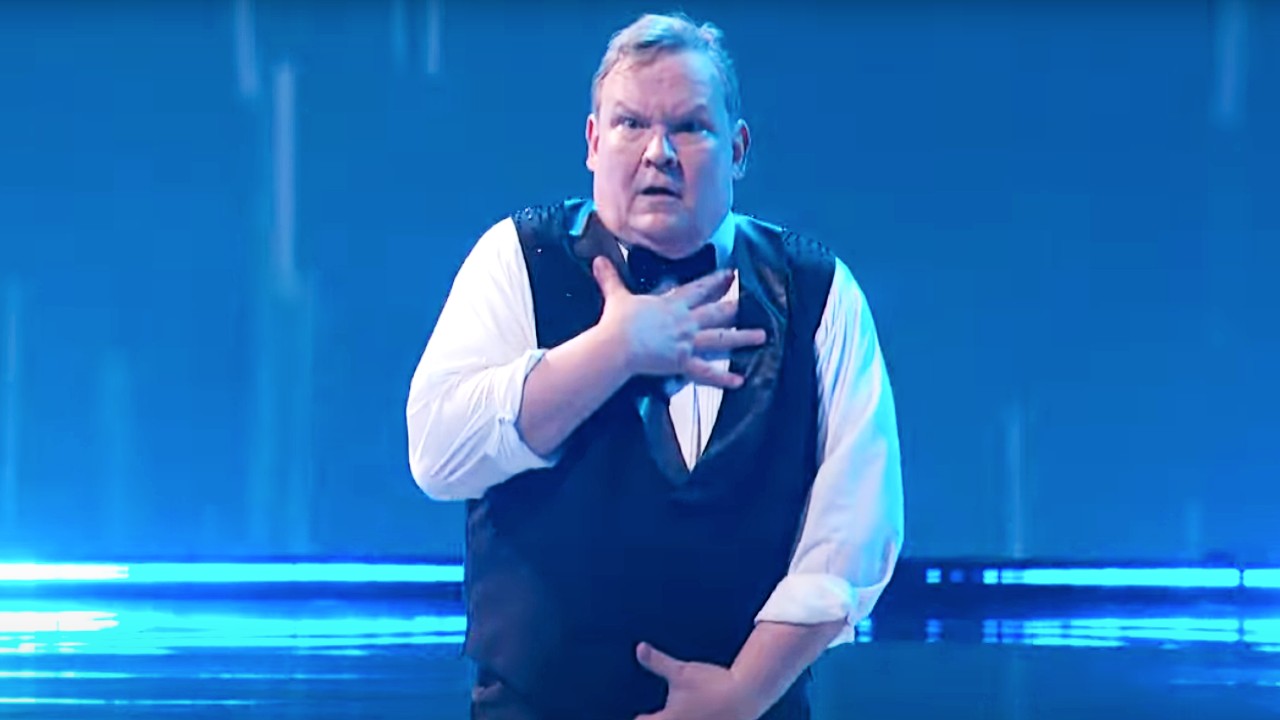Outside The Cable Box: The Future Of TV In An Expanding Market

Television viewers today have a variety of programming choices available to them unlike anything ever seen before. Not since the advent of cable has such a cornucopia of entertainment been laid out for our consumption. But with everyone from DirecTV to Hulu getting in on the original programming action and the cost of adding every conceivable option mounting, the question of television’s future has become a complex one.
Not so long ago the majority of original programming, especially scripted programming, was coming from broadcast networks, with a few cable channels in on the action. It was a time before the DVR, when you had to choose what you were going to watch, and maybe tape something else if you really couldn’t decide between two shows (remember programming the VCR? It’s a lost art these days). And while it was hard to decide sometimes, there weren’t as many shows and it was pretty easy to keep up. Most people had cable or satellite, and if you felt like splurging you could opt for HBO or Showtime, which were offering a few original series already. Sex and the City may have been the first such show to really make a name for itself – and send viewers away from the big networks in search of new shows. While the cable bill might have seemed high then, it was the main source of home entertainment. We had our MTV, and we were pretty satisfied.
Today it’s a different ball game. Just about every cable channel out there, including the premium pay channels, has some original programming. And to access those pay channels, it’s fee on top of fee on top of your cable bill – there’s no way to access them without having cable or satellite. Then there are the streaming services: Netflix, Hulu, Amazon and newer entrant to the field, Vudu. Some are monthly fees, other pay per use services. Suddenly you could access even more – including those shows you might have missed back in the pre-DVR days. Both Netflix and Hulu have jumped into original programming on top of offering fodder from other sources.
It’s incredible how much we can access. It’s also overwhelming – and expensive. If you wanted to have access to all of the available channels on cable, including premium, as well as all of the available streaming services, you could be looking at a monthly bill that’s starting to resemble a car payment. And it gets even more complex than that. Providers themselves are now offering original programming, in what seems to be an effort to attract new customers. Exclusive content meant to make them the provider of choice, further fracturing an already crowded system.
It seems clear to me that streaming is the future, but the cable and satellite companies still have such a stranglehold on the networks that what is available is spotty at best. And while some of the networks have embraced the future (AMC has been at the forefront, offering shows like Mad Men and Breaking Bad through Netflix not long after they’ve aired), some are still holding back. CBS is currently among the most behind the times, standing as the only major network not offering their programming through Hulu.
Where does it leave us? Still tied to the cable or satellite bill for the most part. But it seems unavoidable that something has got to give. Cable and satellite providers have been losing record numbers of subscribers over the past few years, and people are turning to illegal downloads to get the shows rather than paying the bill.
The solution seems simple – some sort of a la carte streaming system that allows people to pay a reasonable fee for only the programming they want, when they want it. But getting all of the involved parties to agree to such a system is kind of like asking Mitt Romney and Barack Obama to hold hands and sing Kumbaya.
Your Daily Blend of Entertainment News
This poll is no longer available.
